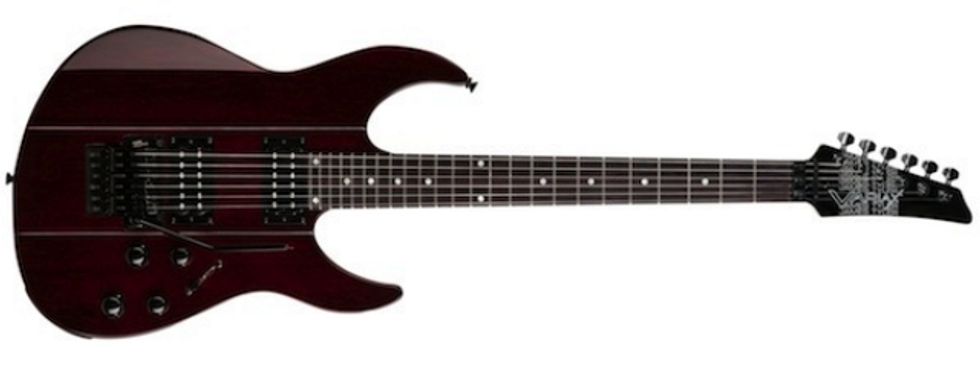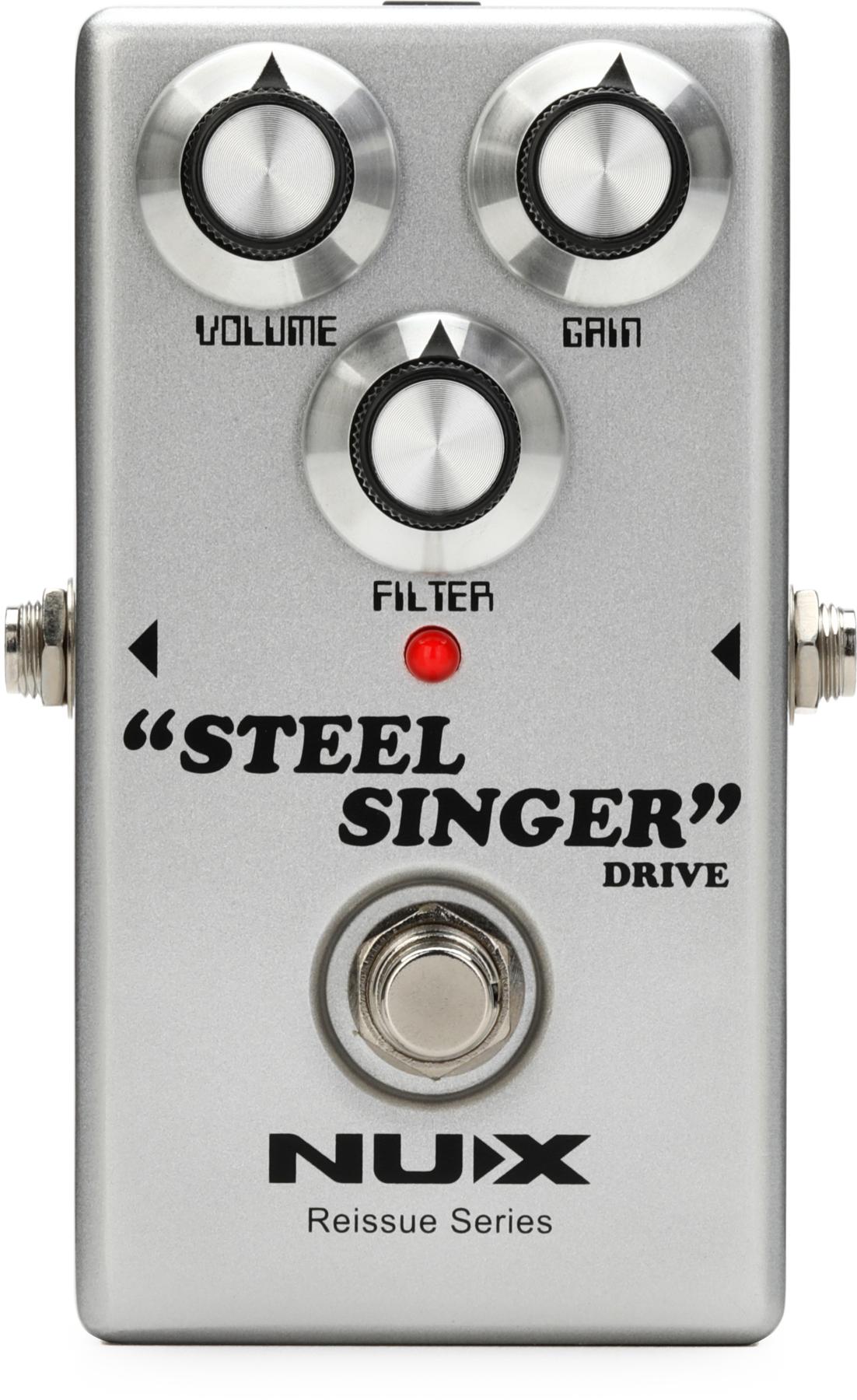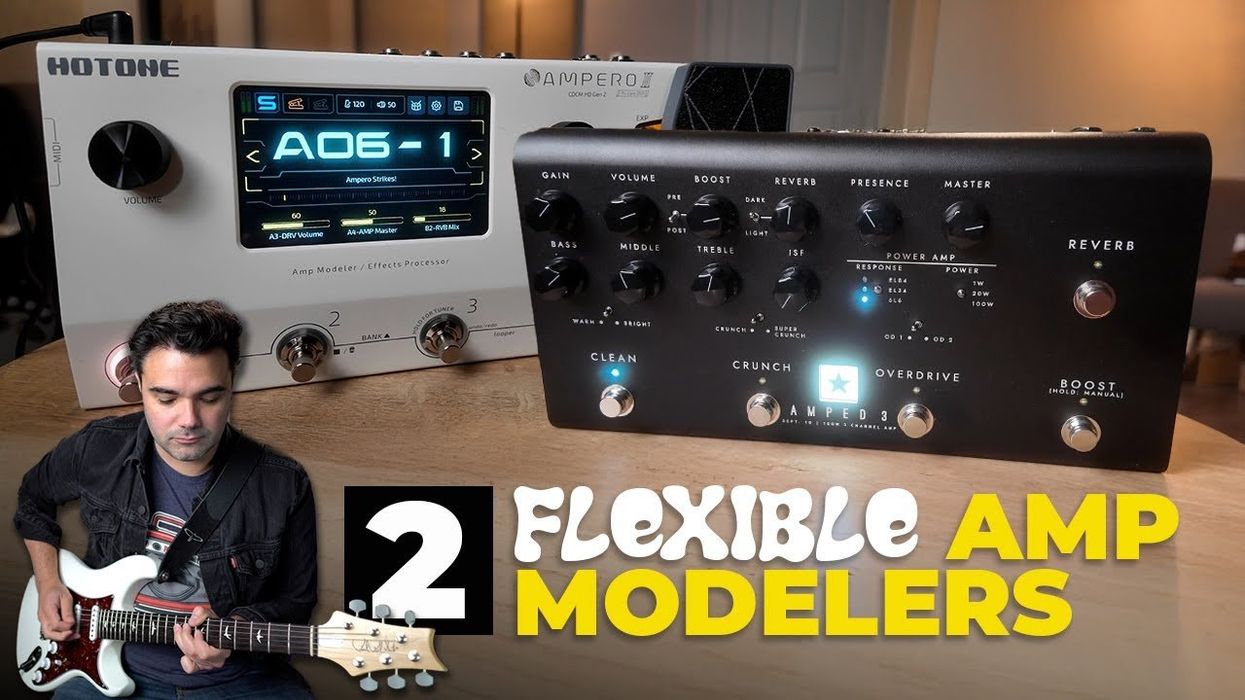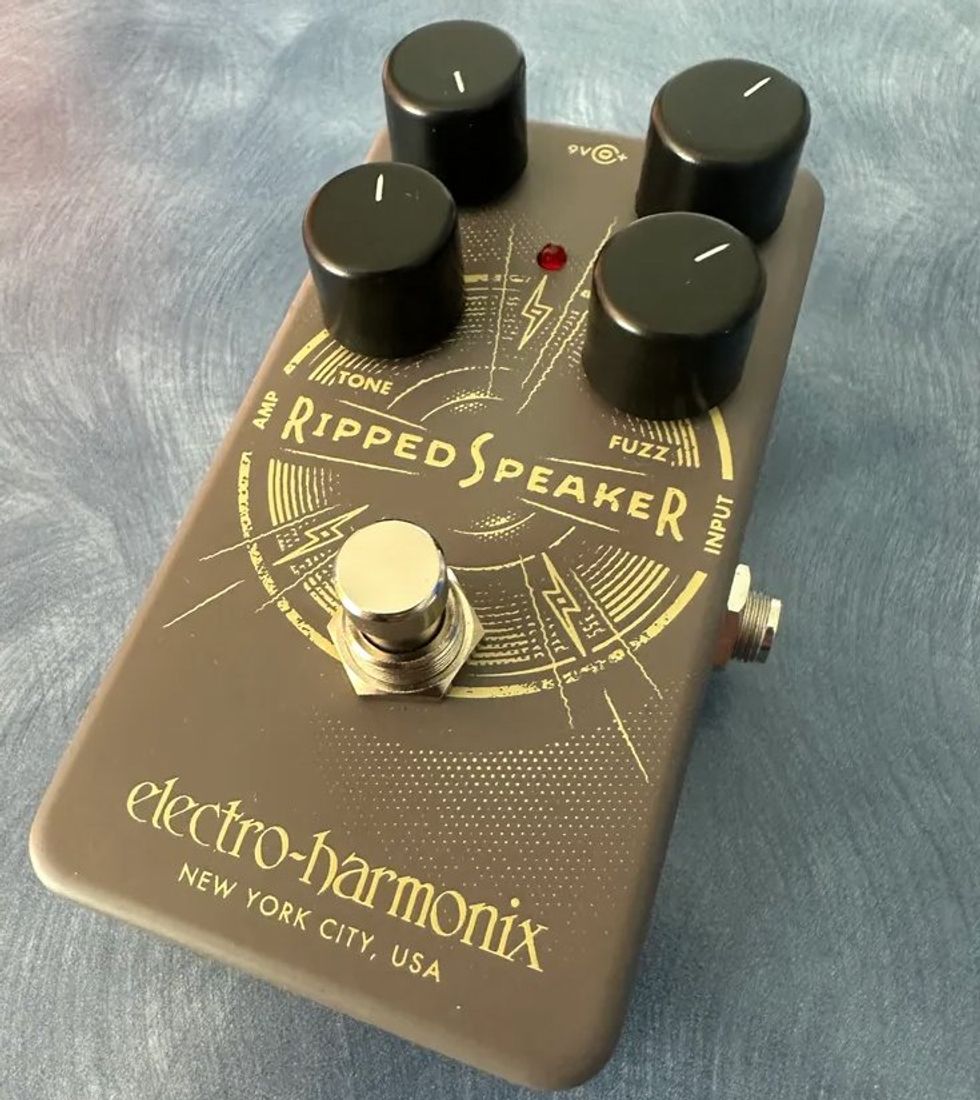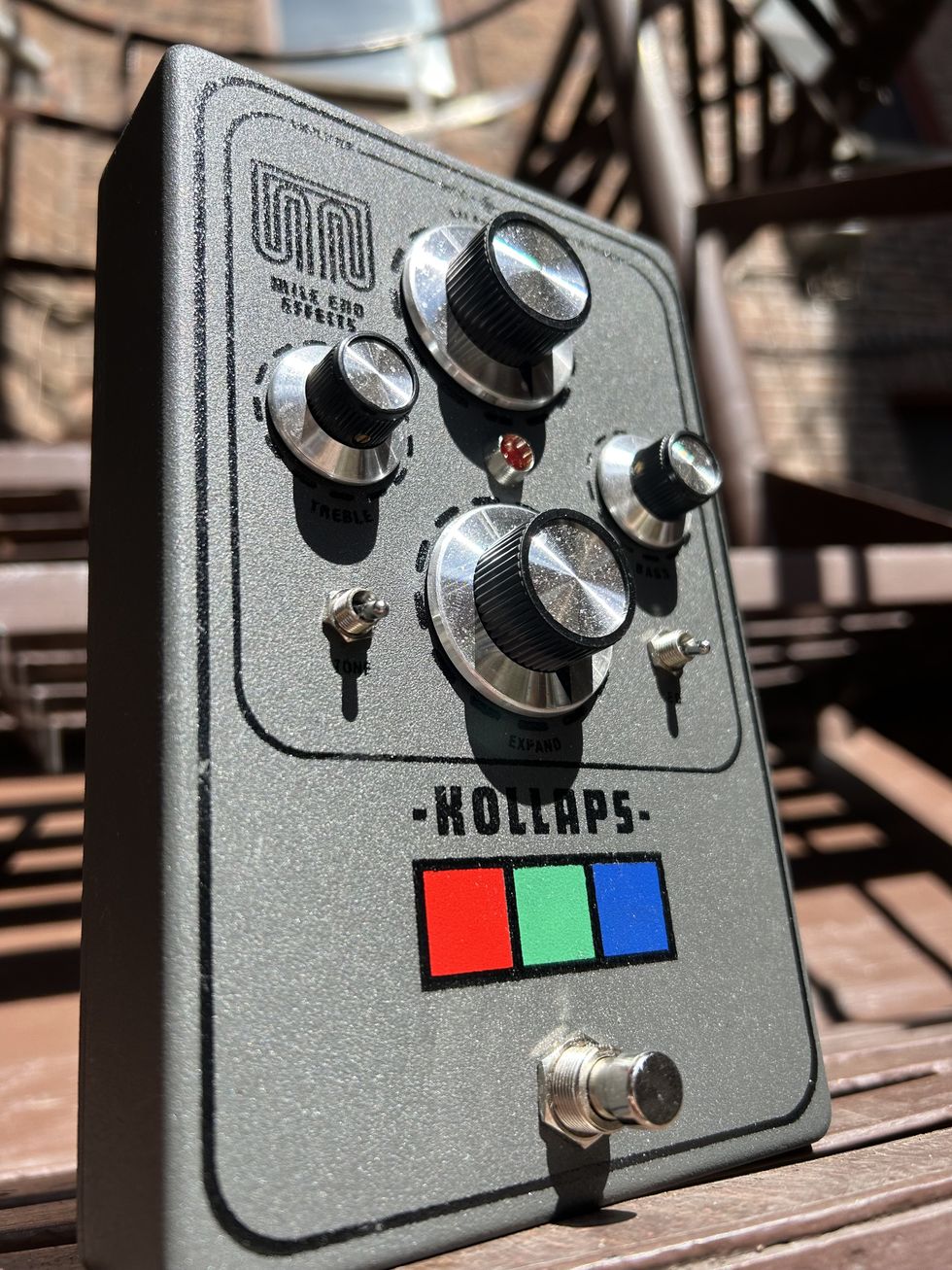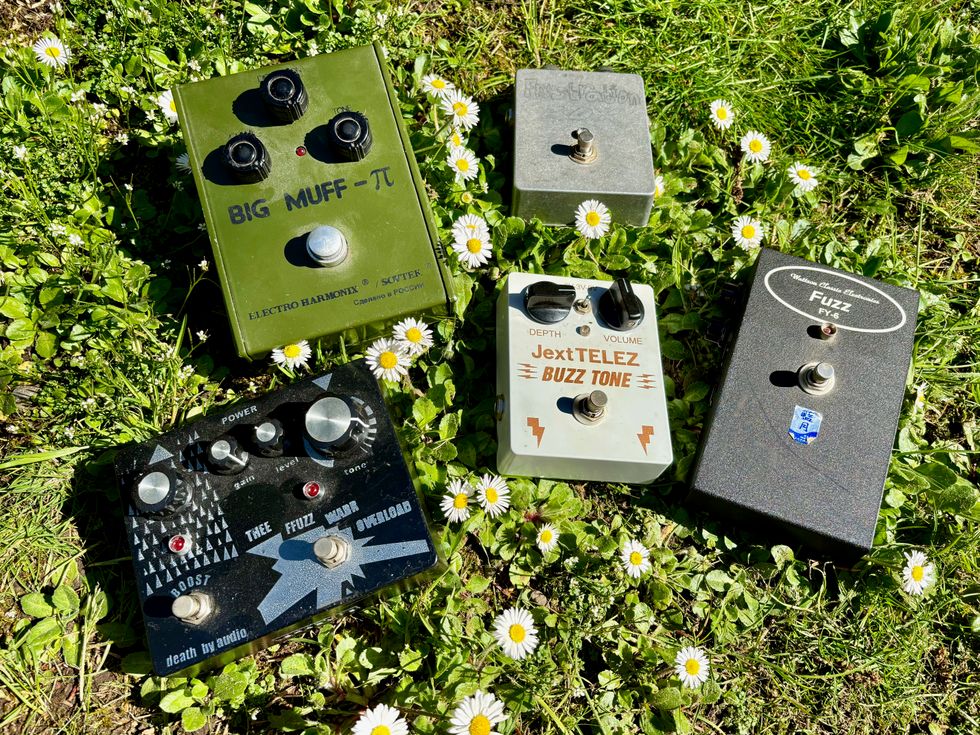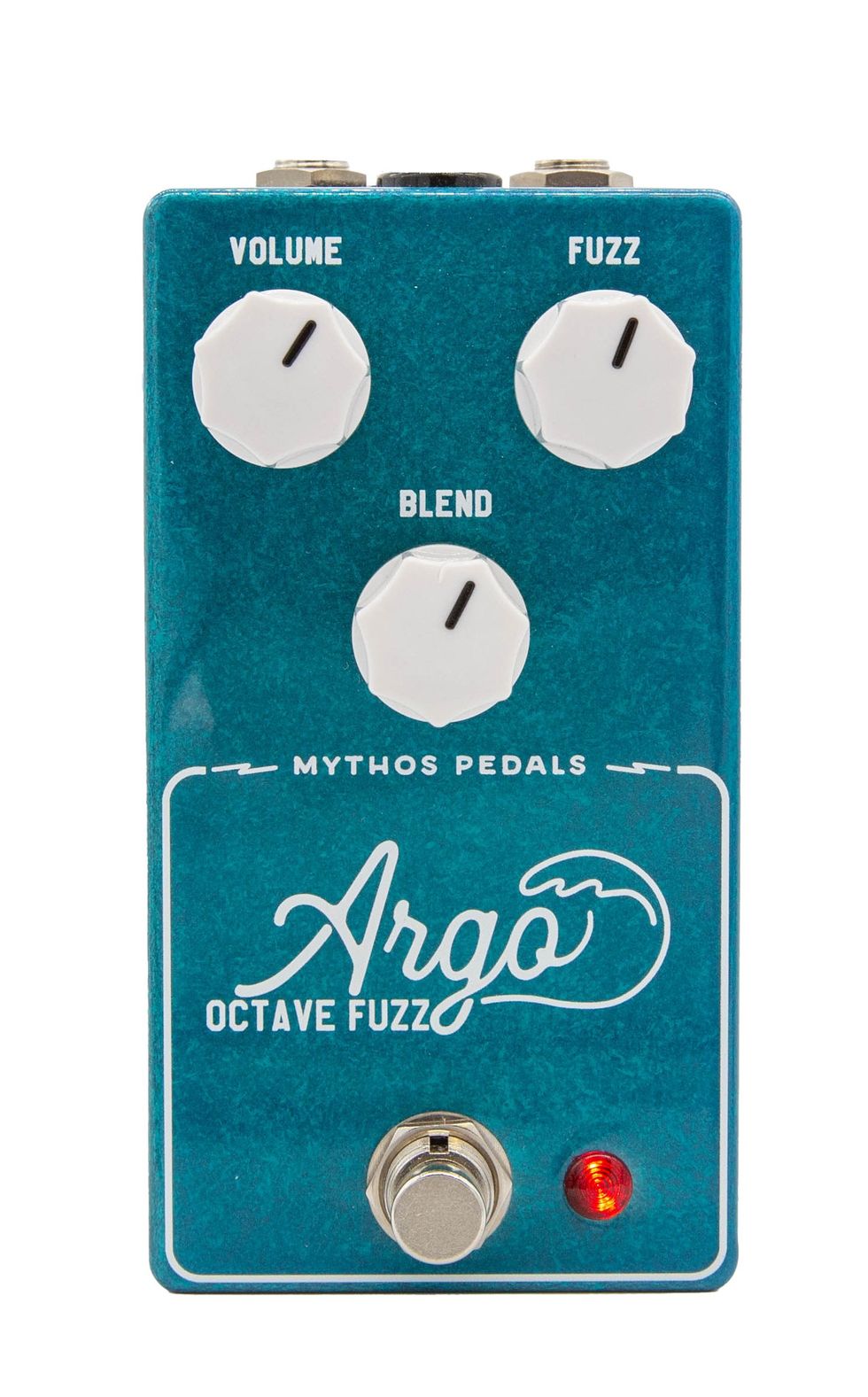Anaheim, CA.— (January 24, 2013)—Line 6, Inc. (NAMM room 212A), leading manufacturer of innovative solutions for musicians, is pleased to introduce JTV-89F, the newest member of the acclaimed James Tyler® Variax® family. With a Floyd Rose® licensed double-locking tremolo system by Graph Tech and the ability to virtually tune down a whole octave without impacting playability or intonation, JTV-89F is ready to throw down like the hammer of Thor.
“JTV-89F is a killer addition to the James Tyler Variax family,” said Max Gutnik, Vice President of Product Management, Line 6. “Many players of heavier styles have been asking for a Variax with a double-locking tremolo, and we heard them—even over all the shredding.”
The ultimate recording guitar, James Tyler Variax can sound like an entire collection of instruments. By combining patented, industry-leading Line 6 modeling with boutique-style craftsmanship, JTV-89F delivers an extreme range of tones within a single guitar.
The Floyd Rose licensed double-locking tremolo system by Graph Tech is designed for rock-solid stability even in the face of serious abuse. The custom-designed bridge includes built-in piezo crystals that flawlessly translate the Variax guitar tone and dynamics. The precision piezos are housed inside a set of Graph Tech String Saver™ saddles, which are highly resistant to rust, corrosion or perspiration—ideal for sweat-stained stages and beer-soaked venues. In addition, JTV-89F features a classic six-in-line headstock configuration that further enhances tuning stability.
For more information:Line 6


